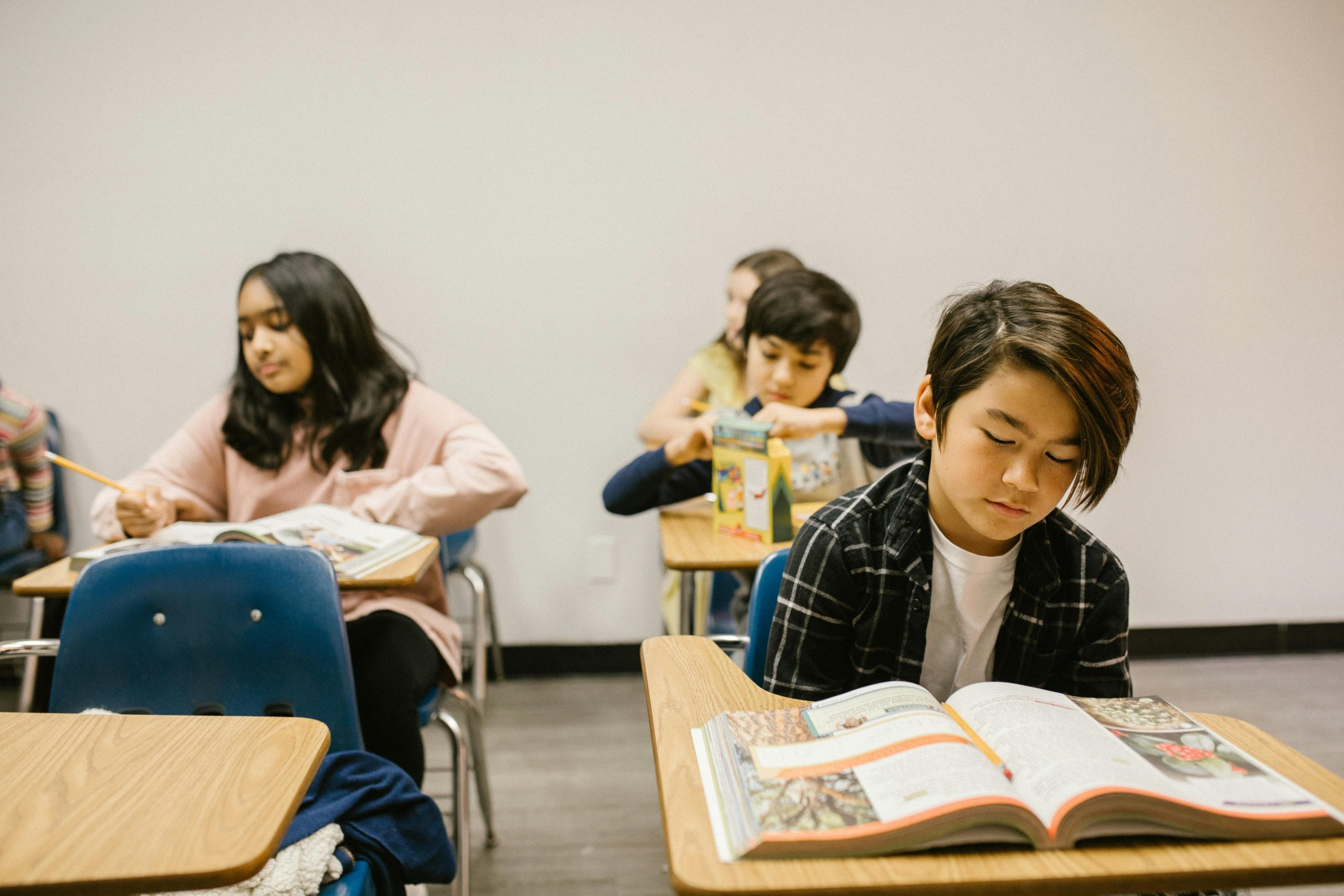Creating inclusive classrooms for every type of learner
Welcome to the diverse classroom! As educators, one of our top priorities is to create a learning environment that supports and embraces the unique abilities and needs of our students. However, with different learning styles, backgrounds, and challenges, it can be a daunting task to cater to every type of learner. In this article, we will explore how to create inclusive classrooms that foster a sense of belonging for all students. Let’s dive in!
Understanding Inclusivity in the Classroom
Inclusivity in the classroom refers to the practice of creating a safe and supportive learning environment for all students, regardless of their race, gender, socioeconomic status, or abilities. It goes beyond physical accessibility and focuses on creating a sense of belonging for every student. In an inclusive classroom, students feel valued, respected, and empowered to learn and express themselves. As educators, it is our responsibility to create a space where all students can thrive.
The Importance of Inclusivity in Education
Inclusive classrooms have a significant impact on the academic, social, and emotional development of students. When students feel included, they are more engaged in their learning and have a better understanding of course material. Inclusive classrooms also foster positive relationships among students, leading to a more harmonious learning environment. Moreover, inclusivity prepares students for the diverse world outside of the classroom, promoting empathy, respect, and understanding of different perspectives.
Tips for Creating Inclusive Classrooms
1. Get to Know Your Students
Every student has unique needs and strengths, and it is crucial to understand them as individuals. Take the time to get to know your students by learning about their interests, backgrounds, and learning styles. This will help you tailor your teaching methods and approach to cater to their needs.
2. Use Inclusive Language
Language is a powerful tool that can either promote or hinder inclusivity. Be mindful of your language and avoid using terms that may be offensive or exclusionary to certain students. Use inclusive language that reflects the diversity of your classroom and promotes respect and understanding.
3. Make Your Classroom Physically Accessible
Physical accessibility is a fundamental aspect of inclusivity. Make sure your classroom is wheelchair accessible and has seating arrangements that cater to students with physical disabilities. Provide alternative forms of course material, such as braille or audio recordings, for students with visual impairments.
4. Encourage Collaboration and Peer Learning
Peer learning not only promotes academic success but also fosters positive relationships among students. Encourage collaboration and group work, and ensure that students from different backgrounds and abilities are given equal opportunities to contribute and learn from one another.
5. Incorporate Diverse Learning Materials and Teaching Methods
Different students learn differently, and it is essential to incorporate a variety of learning materials and teaching methods to cater to all students. Use visuals, hands-on activities, and technology to engage students with different learning styles. Incorporate diverse perspectives and cultures into your curriculum to promote inclusivity.
6. Embrace Changes and Feedback
Creating an inclusive classroom is an ongoing process that requires constant reflection and adaptation. Embrace feedback from students and colleagues and be open to making changes that promote inclusivity. Keep learning and growing as an educator to continue creating an inclusive learning environment for your students.
Conclusion
Inclusive classrooms are an essential aspect of education that promotes diversity, respect, and empathy. By implementing these tips and continuously striving for inclusivity, we can create a learning environment that supports every type of learner. Let’s work together to create inclusive classrooms that prepare our students for a brighter and more inclusive future.










